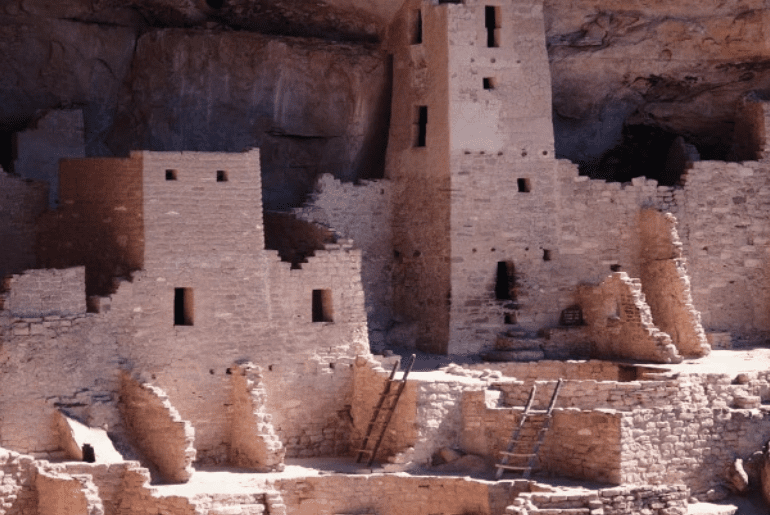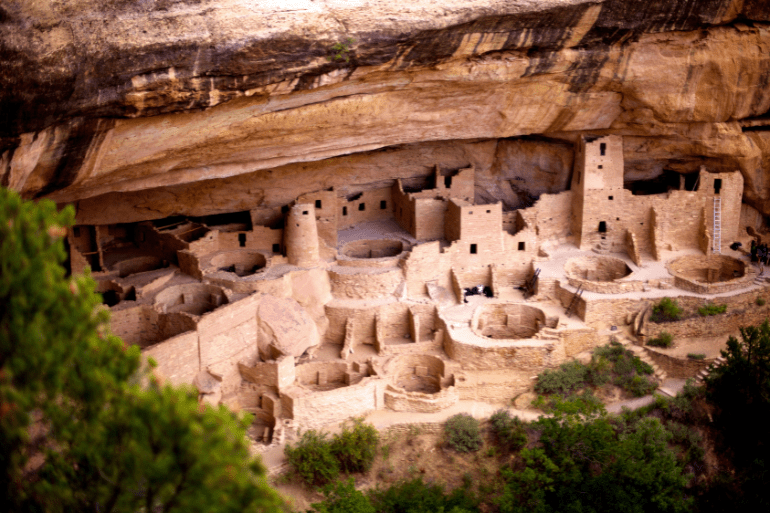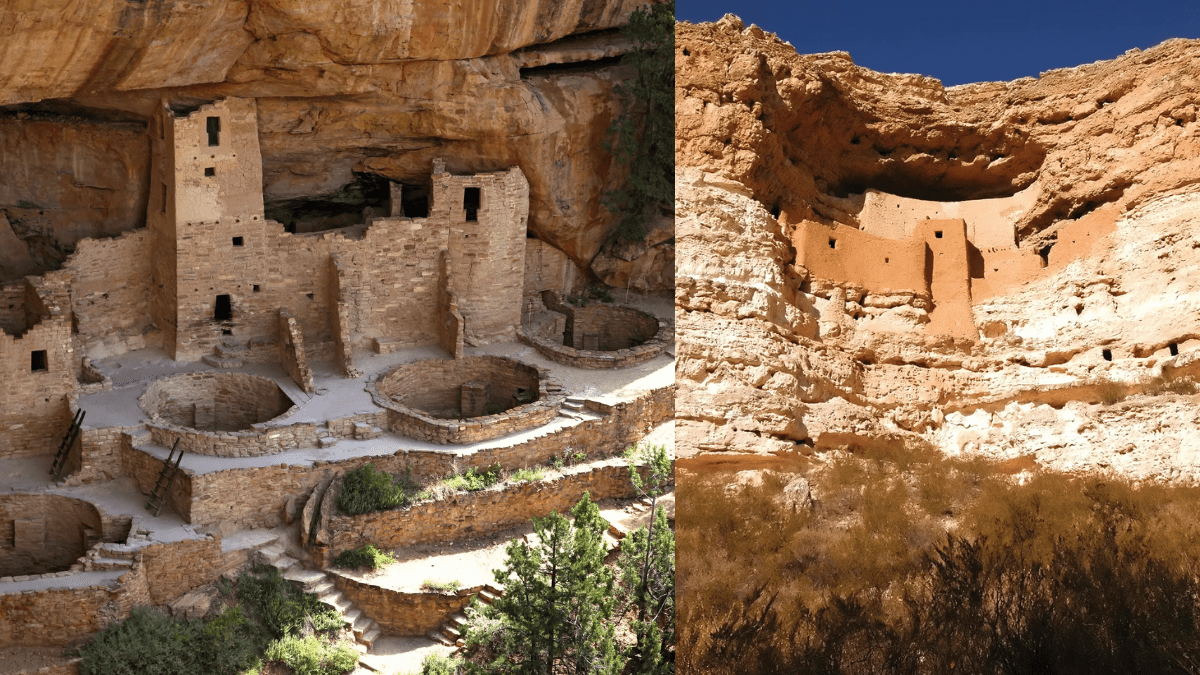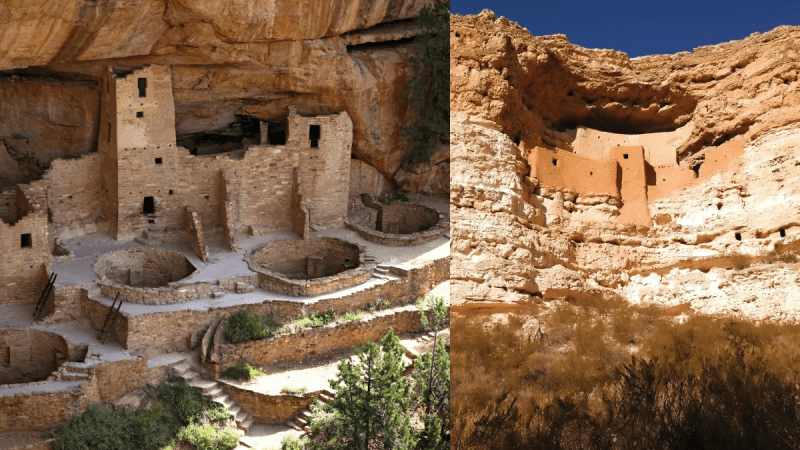The American Southwest holds a captivating mystery – the Anasazi civilisation, also known as the Ancestral Puebloans. This civilization thrived in the canyons and mesas for centuries, leaving behind magnificent cliff dwellings like Mesa Verde. But around the 13th century, they seemingly vanished.
Beyond Disappearance: Clues To The Anasazi Fate

Unlike some lost civilizations, the Anasazi didn’t disappear completely. Their remarkable architecture remains a testament to their ingenuity. However, the lack of written records leaves us piecing together their fate through archaeological clues.
The prevailing theory points to environmental challenges. The Anasazi were skilled at managing water in a dry region. However, a prolonged drought may have strained their resources, forcing them to abandon their elaborate dwellings and seek new lands.
Also Read:8 Treasured Historic Sites In the UAE Resonating With Middle Eastern History
But the story might be more nuanced. Evidence suggests the Anasazi may have adapted to the changing climate. They migrated to river valleys with more reliable water sources, integrating with existing populations.
Another possibility involves social factors. Perhaps internal conflicts or warfare with neighbouring groups disrupted their communities. This could explain the seemingly hasty abandonment of some settlements, with belongings left behind.
Repositioning And Integration Of The Anasazi Civilisation

The truth could most probably be a blend of these factors. The Anasazi may have faced a confluence of environmental stress, social unrest, and a gradual shift towards a more mobile lifestyle. People who fled the Mesa Verde region in the 13th century probably moved to many places in present-day New Mexico and Arizona during the Great Migration.
Recent studies offer a more nuanced perspective. DNA analysis of domesticated turkeys suggests the Anasazi may have integrated with other Puebloan groups in the east, ultimately forming the present-day Puebloan people of New Mexico and Arizona. This theory aligns with the oral traditions of the Pueblo people, who claim descent from the Anasazi.
Also Read: Saudi Arabia’s First UNESCO World Heritage Site, Hegra Promotes Ecotourism Through Wildlife Tours
The mystery of the Anasazi’s disappearance continues to spark our imagination. Their story is a reminder of the adaptability and resilience of human societies, but also the delicate balance between people and the environment. As we unravel their past, we gain a deeper understanding of our own place in this ever-changing world.
Cover Image Courtesy: Britannica Kids
For more such snackable content, interesting discoveries and the latest updates on food, travel and experiences in your city, download the Curly Tales App. Download HERE.
First Published: March 18, 2024 4:45 PM




